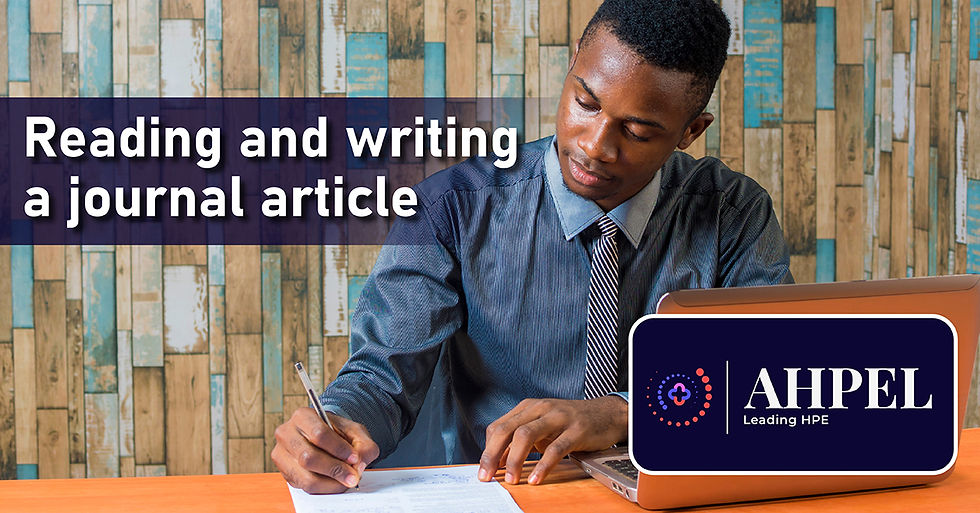Reading and writing a journal article
- Werner Cordier
- May 19, 2023
- 1 min read

We place a lot of trust in journal articles as valid sources of information and so it is essential that you can determine what is a trustworthy journal article and what is not. Below are a few helpful tips on how to both judge a piece of writing (but also to ensure these inclusions in your own writing.
Section | The section should | Ask yourself |
Introduction |
|
|
Literature review |
|
|
Research design |
|
|
Data analysis |
|
|
Discussion |
|
|
Conclusion |
|
|
Reference list/Bibliography |
|
|
Compiled by Daniel Schoonderwoerd (Foundation for Professional Development).
.png)
Comments